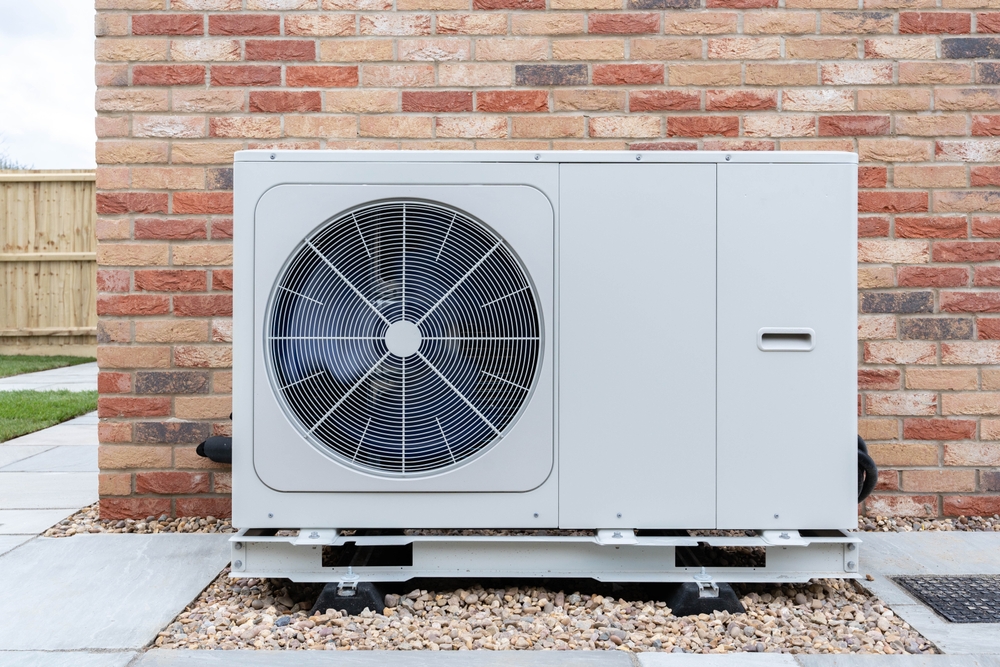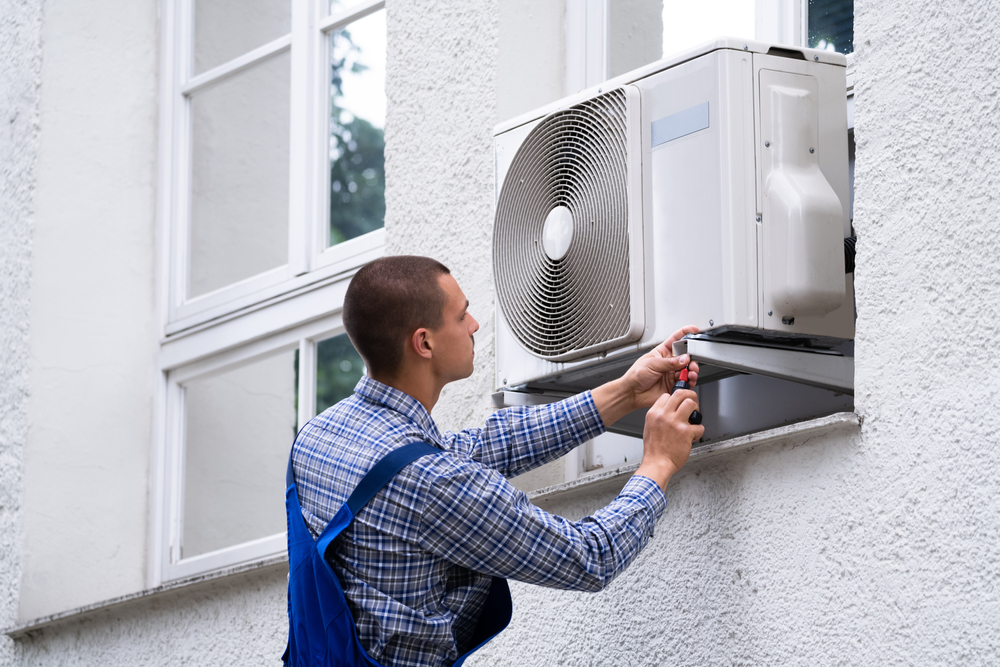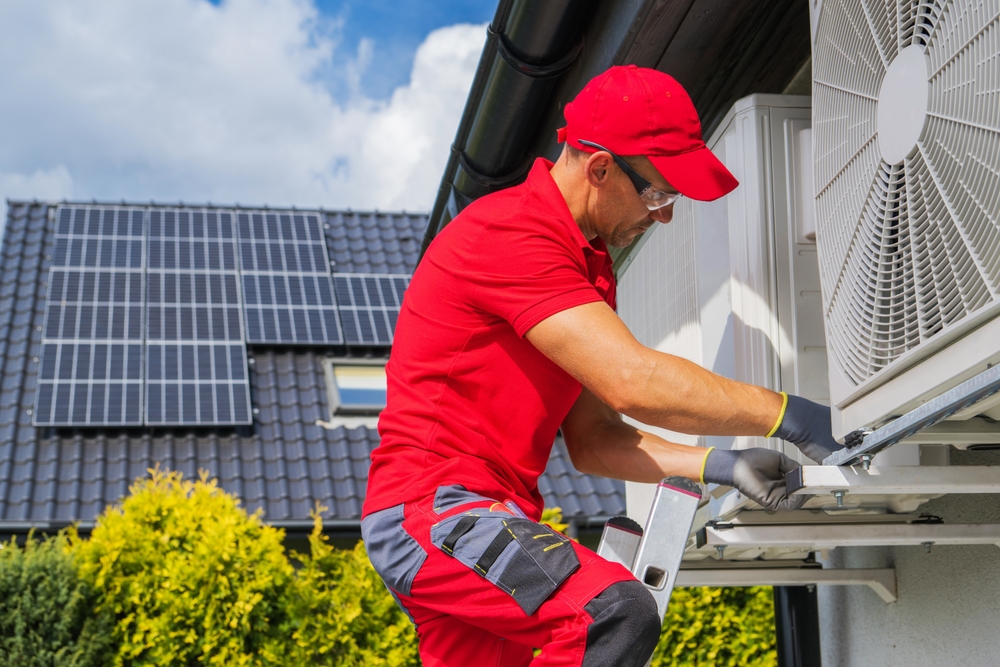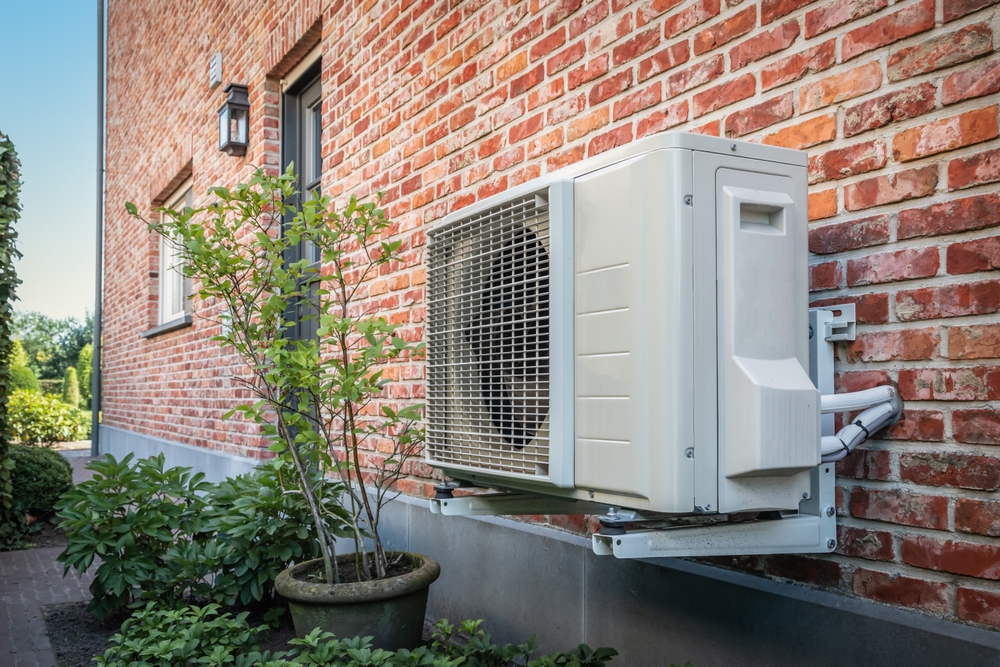There have never been so many options when it comes to HVAC systems. Choosing the right system is essential as it’s an investment that largely determines your comfort at home. That’s why there’s so much discourse over the mini-split vs. heat pump debate.
Mini-splits and heat pumps are similar in that many units can both cool and heat your home. Standard heat pumps rely on air ducts whereas mini-splits are ductless. That said, you can find ductless heat pumps that work similarly to mini-splits. Heat pumps typically last 10-15 years, whereas mini-splits last up to 20 years.
Another big selling point of mini-splits is that they are much quieter than heat pumps. Both systems are great options, and they are quite similar in cost and efficiency. Follow along as we highlight what makes them unique to settle the mini-split vs. heat pump enigma.
What is the Difference Between Mini Splits and Heat Pumps?
Heat pumps and mini-splits are similar in how they work with minor variations. Both mini-splits and heat pumps can heat and cool your home. That said, most people strictly think of heat pumps as heating systems.
Heat pumps with a 16 SEER rating can effectively cool your home. Neither heat pumps nor mini-splits produce heat directly. Instead, they transfer heat energy and move it into your home to create a comfortable temperature.
Central heat pumps utilize air ducts whereas mini-splits are ductless. However, you can find ductless heat pumps that work similarly to mini-splits. Mini-splits are more energy-efficient than heat pumps, but ductless heat pumps are quite efficient.

Mini Split Pros and Cons
Mini-splits have existed since 1959, and they have recently grown more popular. While mini-splits aren’t the standard yet, there are many reasons to install one at home. Let’s look at the pros and cons of ductless mini-splits.
Pros
- Easy to install. You don’t have to worry about air ducts with a mini-split, and that makes the installation relatively easy. That said, it’s not easy enough to install a mini-split that you should forego professional help if you don’t have HVAC experience.
- Versatility. Some people simply install one mini-split unit, but there’s no limit. You can easily add more zones so you can control the temperature throughout your house. This is a great alternative to a zoned central AC system.
- Mini-splits are quiet. The lack of ductwork with a mini-split helps ensure quiet operation. Mini-splits utilize tubes that run from the indoor unit to the outdoor condenser. Because of that, you won’t hear the air move throughout your entire home.
- Incredible air quality. For many people, the biggest appeal of mini-splits is that the air is so clean. Homes with central air conditioning don’t always have the cleanest air. That’s because so much dust and debris circulates through the air ducts, but that’s not a factor with mini-splits.

Cons
- High upfront cost. The upfront cost to install a mini-split averages $4,500, but it depends on your home size and how many zones you add. For example, it could cost as little as $1,200 to $1,800, but it varies.
- They don’t perform as well during extreme heat. Depending on the unit, your mini-split may struggle to keep up with temperatures over 100 degrees Fahrenheit. Some mini-splits also suffer a performance dip when the temperature falls below the freezing point as well.
- Mini-splits require frequent cleaning. You must only replace a mini-split filter once per year in many cases. However, it’s essential to clean the filter monthly to keep dust and debris out of the unit. This isn’t difficult, but some people find it to be annoying.
- They can be distracting. You must install mini-split units in several rooms throughout your house if you want to evenly cool the space. This can be visually distracting if you have many indoor units on the walls and ceilings in different rooms.

Heat Pump Pros and Cons
The heat pump was invented nearly 170 years ago, and it has evolved over the years. Let’s explore the pros and cons of heat pumps to see how they compare to mini-splits.
Pros
- Heat pumps are simple and reliable. You get both heating and cooling capabilities with heat pumps, and that’s convenient year-round.
- Low energy bills. According to the International Energy Agency, heat pumps are up to 5 times more efficient than boilers. The increased efficiency leads to lower bills and a more consistent performance.
- Heat pumps are quite safe. You don’t have to worry about dangerous gas leaks with a heat pump. This can ease your mind if you’ve experienced gas leaks before or simply worry about them.
- Consistent temperatures. Consistency is everything when it comes to a comfortable temperature, and that’s what heat pumps offer. The cycles aren’t as short as a furnace or central AC, so the temperature climbs slowly and avoids unexpected drop-offs.
Cons
- The outdoor unit is vulnerable to the elements. Keep an eye on your heat pump’s outdoor unit throughout fall and winter as heat pumps can freeze up when it gets cold. You may find ice which you’ll need to defrost to ensure your heat pump works properly.
- Heat pumps only last up to 15 years. Mini-splits last up to 20 years, whereas heat pumps often go bad in 10-15 years.
- Loud operation. Heat pumps run much louder than mini-splits, and that can be frustrating. The long cycles ensure a nice temperature, but you’ll hear it run longer.
So, Are Mini Splits Better Than Heat Pumps?
Mini-splits aren’t necessarily better than heat pumps, but they are quite similar. Some mini-splits provide both cool and warm air much like a heat pump.
That said, mini-splits last longer than heat pumps, are more energy efficient and are more versatile than heat pumps with zoning possibilities. Both are great options, but mini-splits win when it comes to quiet operation and energy efficiency.


